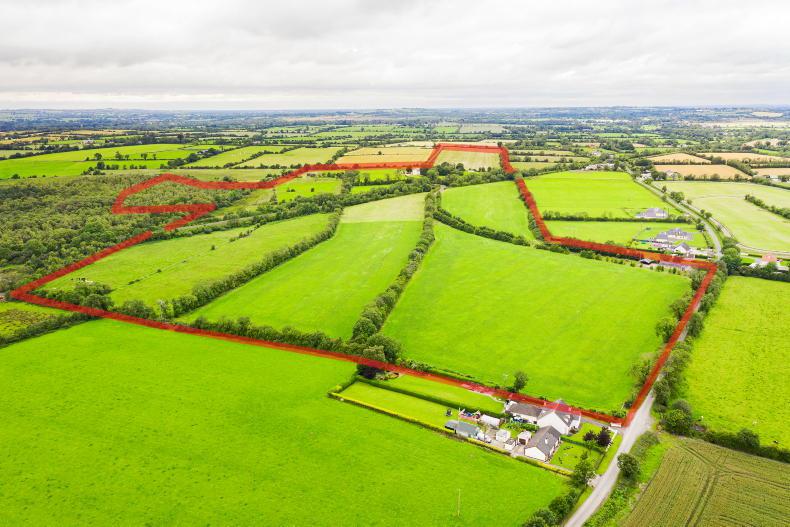We now know the sectoral emissions reduction targets, and have identified the possible measures that we can take to reach towards the 22%-30% target for agriculture.
This week, we saw a €9m investment in a new research and innovation centre at Teagasc Johnstown, which will lead the search for new technologies and pathways toward carbon reduction. It’s a welcome announcement, for we currently have an incomplete picture of how to meet our targets.
There has been a lot of talk of the opportunities that are presented by carbon reduction, although not many farmers are talking that way at present.
Fear of stasis
The Government pledge to assist farming to maintain its level of output while lowering emissions is heartening, but the fear is of stasis setting in after the dynamism that has been evident in Irish farming in the last decade, mostly driven by dairy expansion. There is a need to continue to provide opportunities for young farmers.
We also know that almost one in three Irish farmers is over 65. Many of these are running one-person farms; almost all the burden of work falls on their shoulders.
It’s hard to calve down the sucker herd or milk a dairy herd twice a day when you’re moving through your 60s, particularly if you have no successor identified.
There are thousands of dairy farmers over 60. I understand the average age of dairy farmers in Dairygold is touching 60.
There are 5,000 dairy farms with 50 cows or fewer, many presumably among the older cohort of farmers, so this is not just an issue on drystock farms.
What about a voluntary cessation scheme?
I think one option would be a voluntary carbon cessation scheme aimed at farmers over 60. Pay farmers who might want to reduce their work burden to scale down. It would require a reduction in stock numbers, perhaps a complete destocking.
What would you do with the land? The answer is not put more animals on it - that would be self-defeating.
It could be that someone would rent the land and extend their own herd across it, reducing their carbon footprint per hectare, and also giving a net reduction in overall carbon output from Irish farming.

There is also the option of converting grassland to tillage. There is a pledge to increase the acreage under tillage, and it would be better if we could produce more of our feedstuffs domestically, rather than importing them from the far side of the world. There is an issue around carbon loss when ploughing up grassland, but perhaps zero-till and strip-till offer solutions there.
There is a third alternative, and it might be a better fit again.
The Climate Action Plan envisages the construction of a network of bioenergy plants. These will consume millions of gallons of slurry, converting it into energy and digestate to be spread on land. The anaerobic digestors will also require grass as feedstock. In fact, the plan is for 32,000ha (80,000 acres) of grass to be used as feedstock. The destocked farms would be the obvious source.
Very extensively stocked farms and the farmers who run them would not be the target group for such a scheme. There is little gain in paying farmers to lower the carbon footprint on farms with little or no carbon footprint to start with.
The timing for such a scheme is good. A lot of drystock farmers are facing significant cuts in their direct payments thanks to CAP reform. There is no easy solution to the structural issues that exist for the beef sector in particular. The key is that the scheme must be voluntary, and it should allow the farmer to continue to work his land, provided it’s in a low-carbon way, be that growing grass for an AD plant, or perhaps planting some, most or even all of it.
There would have to be a stipulation that the land not be returned to high-carbon farming the minute the scheme expires, but hopefully the journey we are on will change what is achievable in this regard.
A carbon cessation scheme is not the answer - there is no single answer to the challenge of meeting our sectoral target. But it can be part of the solution, and is worth considering.
Is it a retirement scheme by another name? Sort of, but that is not necessarily a bad thing.
Macra has consistently called for a scheme to let farmers step back or step down with honour and security, and this could do it.
Part of the dividend of such a scheme is that it might create some room for young farmers to expand within an overall contraction in carbon output. We need such space if farming is to stay dynamic and be an attractive career.






 This is a subscriber-only article
This is a subscriber-only article











SHARING OPTIONS: